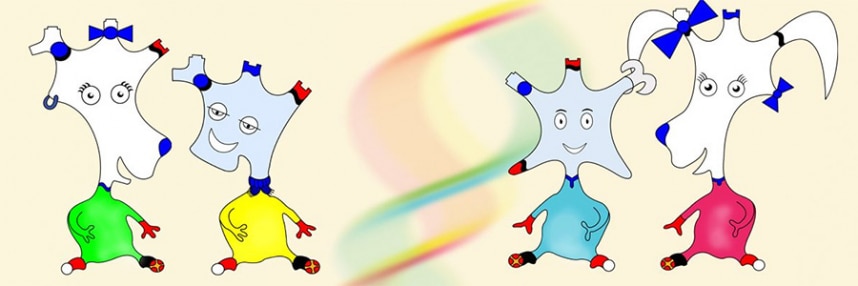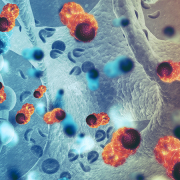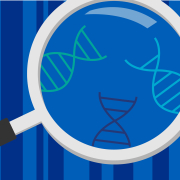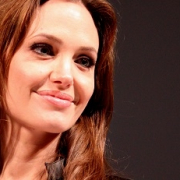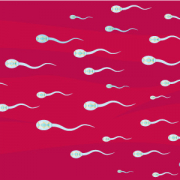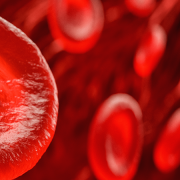Book review: My DNA Diary: Sickle Cell Anaemia
In her latest book Lisa Mullan explains the genetic basis of sickle cell disease in an entertaining way for older children and adults
Understanding how genetic conditions arise can be confusing. Combine this with a range of acronyms, jargon and terminology, and it is not surprising that there are misunderstandings. A new book by Lisa Mullan, My DNA Diary: Sickle Cell Anaemia, helps to explain why sickle cell anaemia occurs and how it affects the body. Although aimed at 9- to 12-year-olds, adults will also enjoy and learn from this book as it breaks down this complex condition using simple language and striking illustrations.
Previously, narrator Alina – one of four ‘Dinky Amigos’ – told the story of how cystic fibrosis occurs. In this new book, Alina once again introduces us to a range of genetic terminology with her best friends Tristian, Gina and Crispin, who come along for the ride. This time, they are involved in transporting oxygen and carbon dioxide around the body but soon find out that there is a problem. Throughout the story, the reader is invited to join the colourful cast of characters as they investigate the cause and search for solutions.
Learning through fun
Mullan ensures that the entertaining narrative, light humour and bold illustrations effectively teach the language of genetics and the biology of sickle cell anaemia. The book provides an excellent introduction to genetic concepts and terminology for older children, and gives adults a platform through which to introduce a complex topic that could otherwise be hard to grasp.
The content is suitable for learning at home or school, and both teachers and parents can be reassured that the science is correctly explained on every page. Although the book has been written to make things as clear as possible, a helpful glossary is included to aid with the pronunciation or meaning of any especially difficult words.
My DNA Diary: Sickle Cell Anaemia is the second instalment of the Genetics for Kids series written by Mullan and illustrated by Neil Chapman. It is available now as a paperback and e-book. Fans can also subscribe to the monthly mini-series, which provides regular insights into the boundless possibilities of DNA, or follow the Dinky Amigos on Twitter.
About the author
Lisa Mullan has a PhD in biochemistry and has worked as a scientific training officer at the Medical Research Council and Wellcome Trust Genome Campus.
You can learn more about sickle cell anaemia and its genetic basis with our handy factsheet.
–


